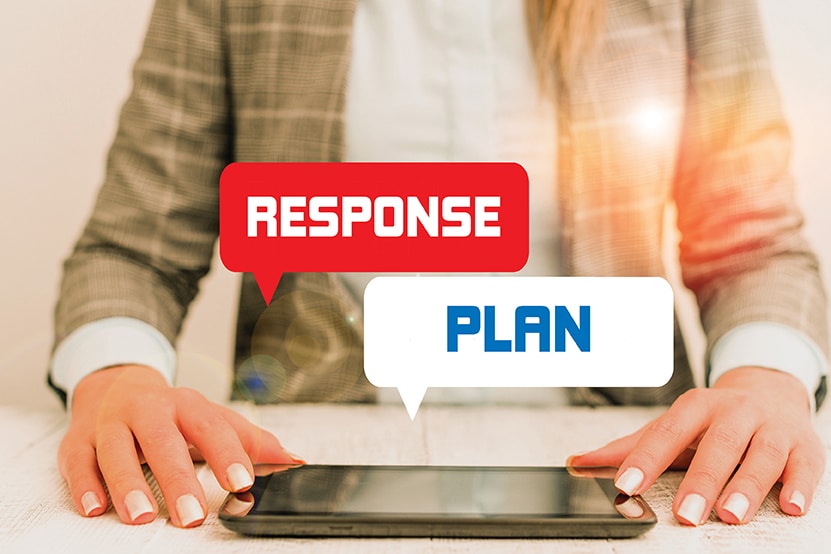By Lindsay Bragg
Emergency response plans are a serious business. It’s critical to the safety and well-being of students and staff. As part of their emergency planning, many schools require staff members to attend regular training on safety and emergency protocols. It’s an important best practice.
But did you know that most people forget 70% of what they learned in training after just one day? Additionally, emergency response plans can be upwards of 500 pages. The adrenaline of a crisis has also been known to worsen memory and active response.
Is your staff really prepared to respond to an emergency?
Here are two things you can do to make sure school staff can act on your emergency response plan:
- Make it simple.
Simple, straightforward Standard Response Protocols are best way to organize a safety plan that staff and students can remember and act on. Focus in on key steps or protocols to spark memory and keep everyone calm and organized.
The “I Love U Guys” Foundation offers free best-in-class standard response protocols for schools, businesses, and municipalities. These SRPs provide simple language and directions for any emergency situation. The “I Love U Guys” Foundation also offers free resources and documentation of their SRPs.
According to their model, all emergencies warrant one of five responses.
Hold: Keep hallways clear of occupants and staff. This is the least invasive protocol and classes can often continue with little to no interruption. It may be used for medical emergencies or something suspicious on campus that requires further investigation.
Secure: Safeguard students and staff within the building. Get inside and lock any outside doors. This protocol also allows classes to continue within the safety of the classroom but provides a degree of separation from the outside community. It may be used to alert staff to potential dangers in the surrounding area.
Lockdown: Secure individual rooms and keep kids quiet and safe. A severe crisis alert, this may be used in active shooter events or other highly volatile situations.
Evacuate: Move students and staff to a safer location. Perhaps most commonly used in the event of natural disasters, this protocol involves the most coordination and advanced planning. It’s also complex and difficult to practice.
Shelter: Focus on group and self protection. Used in immediate crises where there is little time for coordination, these alerts need to be sent and responded to as quickly as possible.
The “I Love U Guys” framework is just one example of a simple, clear SRP that fosters better adoption by staff and students. The important thing is to find something adaptable for the needs of your school and simple and easy to remember.
- Include an all-inclusive digital tool that can respond to any crisis event.
A digital response plan is essential for fast and efficient communication in a crisis event. By integrating all of your Standard Response Protocols into one system, students and staff can send alerts and immediately receive directions for next steps in a simple, secure format. Digital alerts immediately notify administration and initiate response protocols.
Seconds matter in an emergency, and a digital safety platform can streamline your efforts, provide simple next steps, and even coordinate directly with law enforcement.
With a digital crisis response platform, you can observe, track, and coordinate safety efforts, and easily compile all relevant communications and actions taken during specific incidents for post-incident review—all in one organized place.
An all-purpose safety platform will also incorporate preventative threat assessment and post-crisis data reporting to enable a proactive approach to crisis management.
A digital approach to threat assessment and safety management makes it easier to make data-driven decisions, identify and respond to potential threats more quickly, and recover when an incident does occur.
This information is courtesy of CrisisGo, a leading provider in emergency communications, incident management, and student/staff health management, www.crisisgo.com.






